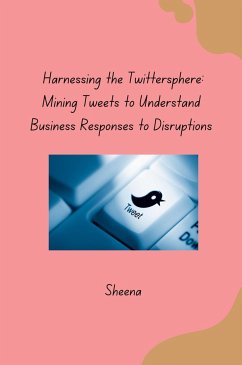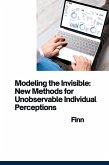Disruption Selection: Choose a specific disruption to focus on, such as a recent economic crisis, a major technological innovation, or a significant shift in consumer preferences. Keyword Identification: Identify relevant keywords and hashtags associated with the chosen disruption. This could include the name of the event, industry-specific terms, and brand mentions of key companies involved. Data Collection Tools: Utilize Twitter's search functionalities or employ social media listening tools to collect tweets containing the identified keywords and hashtags. Define a timeframe for data collection, encompassing the period before, during, and after the disruption. Data Preprocessing: Clean and pre-process the collected data. This may involve removing irrelevant tweets, correcting typos, and standardizing language. Sentiment Analysis: Apply sentiment analysis techniques to gauge the emotional tone of the tweets. This can reveal whether companies are communicating with a sense of urgency, optimism, or negativity in response to the disruption. Topic Modeling: Employ topic modeling algorithms to identify recurring themes within the tweets. This can help uncover the key communication strategies and priorities adopted by businesses during the disruption.
Bitte wählen Sie Ihr Anliegen aus.
Rechnungen
Retourenschein anfordern
Bestellstatus
Storno









